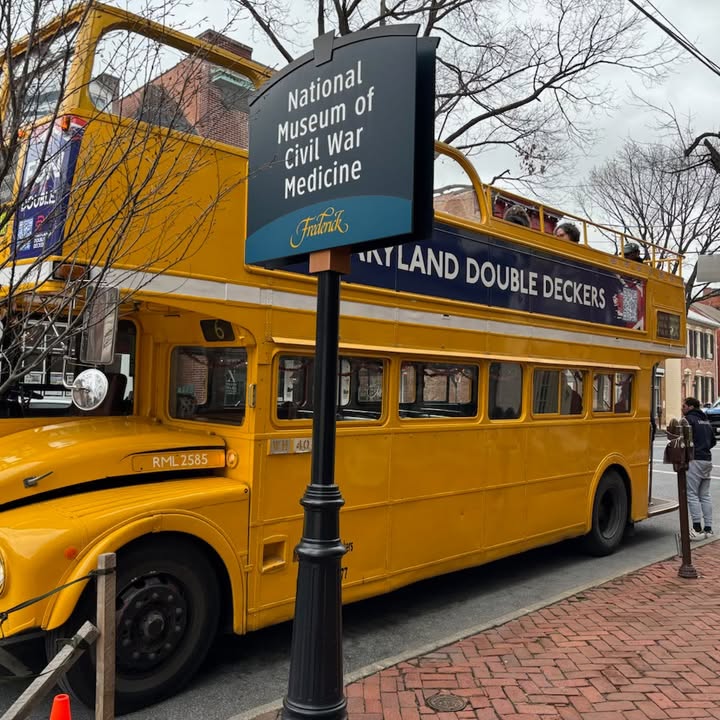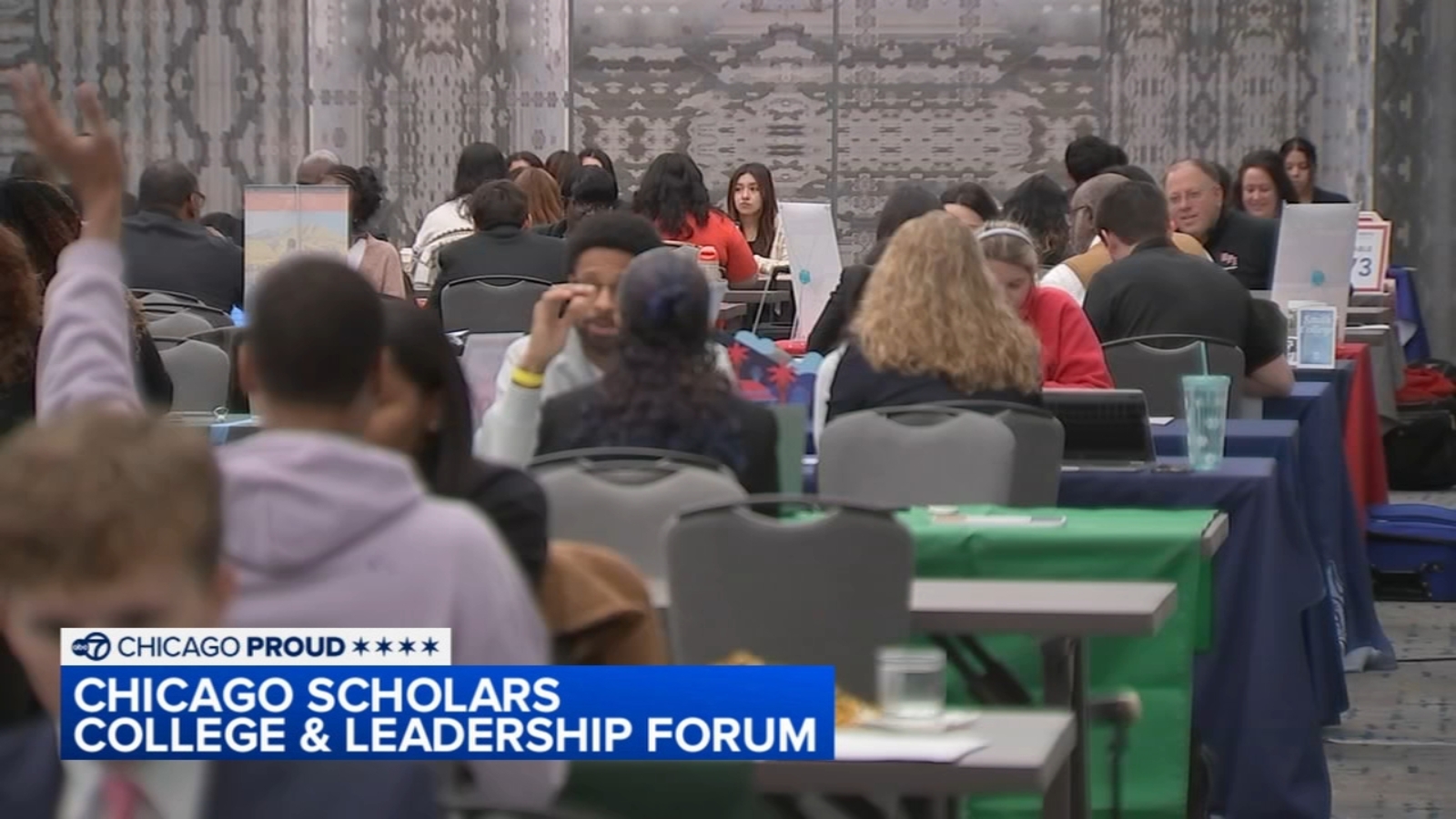
National Museum of Civil War Medicine, Inc
The National Museum of Civil War Medicine tells the story of care and healing, courage and devotion amidst America's bloodiest war. Three museums, thousands of stories. Civil War medicine is the basis of the modern healthcare system. Explore and Learn The National Museum of Civil War Medicine is the premier center for the preservation and research of the legacy of Civil War Medical innovation and humanitarianism. As a living institution, we utilize artifacts, storytelling and the historic lessons derived from that era to educate the public and define the impact on today's society.

Founded
1990
56000
X (Twitter)
7676
Traffic
996912
National Museum of Civil War Medicine A Dramatic Upgrade Help Us Redesign the Museum Were redefining ourselves with a multimilliondollar redesign of our exhibits website and publications. Theres never been a more momentous time to be involved with the Museum. We cant do it alone. We need your help.
From Social media
News about from their social media (Facebook and X).
See Downtown Frederick like you never have before - from the top of a double decker bus. Step back in time aboard a vintage 1966 double-decker bus for a fascinating one-hour journey through Downtown Frederick, exploring the city’s critical role in the Civil War and the evolution of battlefield medicine. Sign up for our June 1st Civil War Bus Tour.
Like Comment
Data about organisation
Museums & Museum Activities Category
Organisations with similar rank to National Museum of Civil War Medicine, Inc in category Museums & Museum Activities

89. ADIRONDACK HISTORICAL ASSOCIATION
We are excited to welcome you back on May 23, for the 2025 season.

90. Kentucky Derby Museum Corporation
Non-profit in Louisville on a mission to ENGAGE, EDUCATE & EXCITE everyone about the Kentucky Derby and celebrate #DerbyEveryDay.

91. National Museum of Civil War Medicine, Inc
Three museums, thousands of stories.

92. BARBER VINTAGE MOTORSPORT MUSEUM
The world's largest motorcycle and Lotus race car museum located in Birmingham, AL.

93. Gilcrease Museum Management Trust
Founded in 1894, The University of Tulsa is Oklahoma's top-ranked private college.
Educational Services and Schools - Other Category
Organisations with similar rank to National Museum of Civil War Medicine, Inc in category Educational Services and Schools - Other

116. The Pam & George Wendt Foundation
Family-run since 1969, OARS is the most geographically diverse river outfitter in the world.

Creating a brighter future by advancing education for all Arizona students, from early learning through postsecondary.

118. National Museum of Civil War Medicine, Inc
Three museums, thousands of stories.

TEACH has everything you need to become a teacher in CO, CT, NC, NY, SC and TX.

120. Tcs Community Education Inc
The Chicago School is a nonprofit university offering programs across a range of academic areas.
Museums & Museum Activities Category
Organisations with similar rank to National Museum of Civil War Medicine, Inc in category Museums & Museum Activities

89. ADIRONDACK HISTORICAL ASSOCIATION
We are excited to welcome you back on May 23, for the 2025 season.

90. Kentucky Derby Museum Corporation
Non-profit in Louisville on a mission to ENGAGE, EDUCATE & EXCITE everyone about the Kentucky Derby and celebrate #DerbyEveryDay.

91. National Museum of Civil War Medicine, Inc
Three museums, thousands of stories.

92. BARBER VINTAGE MOTORSPORT MUSEUM
The world's largest motorcycle and Lotus race car museum located in Birmingham, AL.

93. Gilcrease Museum Management Trust
Founded in 1894, The University of Tulsa is Oklahoma's top-ranked private college.
Frederick
Organisations from National Museum of Civil War Medicine, Inc

11. Living Grace Lutheran Church
God's work.

Proudly serving veterans, their families & the communities in which they live for nearly 80 years.

13. National Museum of Civil War Medicine, Inc
Three museums, thousands of stories.

14. Frederick High School Boostersclub Inc
DESCARGO DE RESPONSABILIDAD: FCPS respeta el derecho de cada persona a brindar sus propios puntos de vista y opiniones.

15. The Great Frederick Fair Inc
The Great Frederick Fair - an annual 9-day event in September The Frederick Fairgrounds - a year round rental facility.
Similar organisations
Similar organisations to National Museum of Civil War Medicine, Inc based on mission, location, activites.

Seminary Ridge Historic Preservation Foundation
It Began Here.

Friends of the Army Women's Museum Association
Army women’s history is preserved and shared here—We are the nonprofit organization that supports the U.

We’re not a museum.

We are a 501(c) (3) organization dedicated to education, preservation, and research on The Cold War.
Similar Organisations Worldwide
Organisations in the world similar to National Museum of Civil War Medicine, Inc.
More Similar Organisations WorldwideInteresting nearby
Interesting organisations close by to residence of National Museum of Civil War Medicine, Inc

National Museum of Civil War Medicine, Inc
Three museums, thousands of stories.

ASLized produces educational materials in ASL literature and linguistics.

Learning To Emerge Services Inc
Our mission is to empower children, youth, and adults through education.
Similar social media (63676)
Organisations with similar social media impact to National Museum of Civil War Medicine, Inc

25888. Queens College Student Services Corporation
Queens College: Building Futures for over 85 Years.

25889. Queens College Foundation Inc
Queens College: Building Futures for over 85 Years.

25890. National Museum of Civil War Medicine, Inc
Three museums, thousands of stories.

MUSC Health, changing what’s possible in SC health care.

25892. Queens College Auxiliary Enterprises Corporation
Queens College: Building Futures for over 85 Years.
Similar traffic
Organisations with similar web traffic to National Museum of Civil War Medicine, Inc

72915. Izaak Walton League of America Johnson Chapter
Founded in 1922, the Izaak Walton League conserves and restores America's natural resources.

72916. B&O RAILROAD MUSEUM INC
The Birthplace of American Railroading 🚂 Join us on the journey to the 200th Anniversary in 2027.

72917. National Museum of Civil War Medicine, Inc
Three museums, thousands of stories.

72918. Last Chance for Animals
Last Chance for Animals is an international non-profit animal rights organization, founded in 1985.
Join us and make a difference for the future!
Sign Up
Please fill in your information. Everything is free, we might contact you with updates (but cancel any time!)
Sign in with GoogleOr
Good News
"Exciting news from Florida! 🌟 Senator Alexis Calatayud highlights a creative solution to the housing crisis: repurposing church land for affordable housing. 🙌 Faith and collaboration can pave the way for positive change in our communities. Let's support innovative ideas like this! #AffordableHousing #CommunityFirst"
Can states, and a little bit of faith, convert church land into affordable housing?
The Baltimore Sun
Like CommentExciting news from Chicago! Hundreds of high school students are seizing the chance to secure college admissions and scholarships all in one day at the Chicago Scholars event! 🎓✨ #EducationMatters #FutureLeaders
Hundreds of HS students interview with colleges at Chicago Scholars event at McCormick Place
ABC7 Chicago
Like Comment









